You have a fire inside you, a frictional energy, read these thoughts, think about them and let them propel you into action.
1. “I paint very large pictures. I realize that historically the function of painting large pictures is painting something very grandiose and pompous. The reason I paint them, however – I think it applies to other painters I know – is precisely because I want to be very intimate and human. To paint a small picture is to place yourself outside your experience. However you paint the larger picture, you are in it.” - Mark Rothko

2. “Obstacles are those frightful things you see when you take your eyes off your goal.” - Henry Ford

3. “Only those who will risk going too far can possibly find out how far one can go.” -T.S. Eliot

4. “Great spirits have always encountered violent opposition from mediocre minds.” - Albert Einstein

5. “Knowing is not enough; we must apply. Willing is not enough; we must do.” - Goethe

6. “The best way out is always through.” - Robert Frost

7. “Work spares us from three evils: boredom, vice, and need.” - Voltaire

8. “We are all inventors, each sailing out on a voyage of discovery, guided each by a private chart, of which there is no duplicate. The world is all gates, all opportunities.” - Emerson

9. “When the water starts boiling it is foolish to turn off the heat.” - Nelson Mandela

10. “It's kind of fun to do the impossible.” - Walt Disney

11. "Stay Hungry. Stay Foolish." - Steve Jobs

12. "The distance between insanity and genius is measured only by success." - Bruce Feirstein

13. "In Italy for thirty years under the Borgias they had warfare, terror, murder, bloodshed - they produced Michelangelo, Leonardo da Vinci, and the Renaissance. In Switzerland they had brotherly love, five hundred years of democracy and peace, and what did they produce? - the cuckoo clock.
" -Orson Wells

14. "Many are stubborn in pursuit of the path they have chosen, few in pursuit of the goal." - Nietzsche

15. “Life is pretty simple: You do some stuff. Most fails. Some works. You do more of what works. If it works big, others quickly copy it. Then you do something else. The trick is the doing something else.” - Leonardo da Vinci

16. “It's not the size of the dog in the fight, it's the size of the fight in the dog.” - Mark Twain

17. “Life's a bitch. You've got to go out and kick ass.” - Maya Angelou

18. “Take calculated risks. That is quite different from being rash.” - George S. Patton

19. “Action expresses priorities.” - Mahatma Gandhi

20. “Live the life you've dreamed” - Henry David Thoreau

21. “It's a funny thing about life; if you refuse to accept anything but the best, you very often get it.” - William Somerset Maugham

22. "I hated every minute of training, but I said, 'Don't quit. Suffer now and live the rest of your life as a champion.' " - Muhammad Ali

23. “I am always doing that which I cannot do, in order that I may learn how to do it.” - Pablo Picasso

24. “What is not started today is never finished tomorrow.” - Goethe

25. “I do not think there is any thrill that can go through the human heart like that felt by the inventor as he sees some creation of the brain unfolding to success... Such emotions make a man forget food, sleep, friends, love, everything.” - Tesla

26. “Entrepreneurs are simply those who understand that there is little difference between obstacle and opportunity and are able to turn both to their advantage.” - Machiavelli

27. “Eureka! I've got it.” - Archimedes

28. “I owe my success to having listened respectfully to the very best advice, and then going away and doing the exact opposite.” - G. K. Chesterton

29. “The young do not know enough to be prudent, and therefore they attempt the impossible — and achieve it, generation after generation.” - Pearl S. Buck

30. “A business has to be involving, it has to be fun, and it has to exercise your creative instincts.” – Richard Branson

31. "There is a tide in the affairs of men
Which, taken at the flood, leads on to fortune;
Omitted, all the voyage of their life
Is bound in shallows and in miseries.
On such a full sea are now afloat;
And we must take the current when it serves,
Or lose the ventures before us" - William Shakespeare

32. “Hell! There ain't no rules around here! We're trying to accomplish somep'n” - Thomas Edison

33. “There are those who are so scrupulously afraid of doing wrong that they seldom venture to do anything.” - Vauvenargues

34. “Our belief at the beginning of a doubtful undertaking is the one thing that assures the successful outcome of any venture” - William James
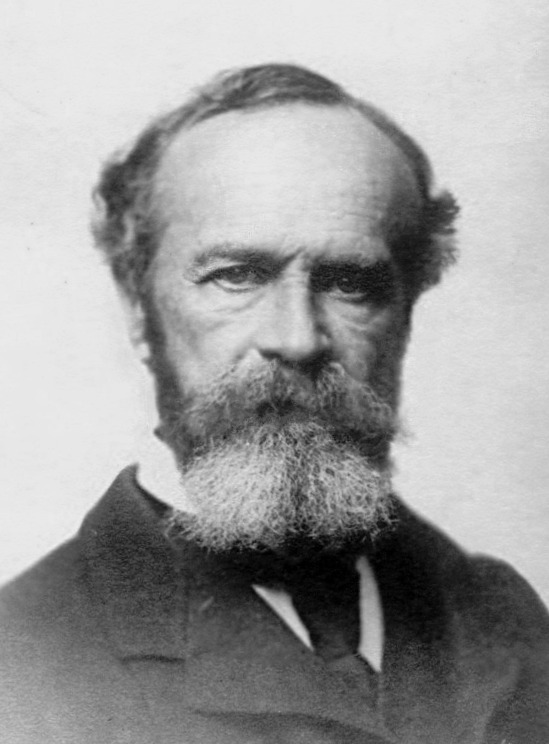
35. “Man cannot discover new oceans unless he has the courage to lose sight of the shore.” - André Gide

36. “Age considers; youth ventures.” - Rabindranath Tagore

37. “Forget past mistakes. Forget failures. Forget everything except what you're going to do now and do it.” - Billy Durant

38. “The two important things I did learn were that you are as powerful and strong as you allow yourself to be, and that the most difficult part of any endeavour is taking the first step, making the first decision.” - Robyn Davidson
39. “It's not because things are difficult that we dare not venture. It's because we dare not venture that they are difficult.” - Seneca

40. “Most people can do extraordinary things if they have the confidence or take the risks. Yet most people don't. They sit in front of the telly and treat life as if it goes on forever.” - Phillip Adams

41. “Small opportunities are often the beginning of great enterprises.” - Demosthenes

42. “A pessimist sees the difficulty in every opportunity; an optimist sees the opportunity in every difficulty.” - Winston Churchill

43. “In Ourselves are Triumphs and Defeats.” -Longfellow
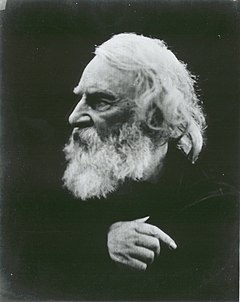
44. “It matters not the number of years in your life. It is the life in your years.” - Abraham Lincoln
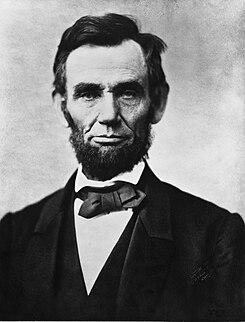
45. “Keep away from people who try to belittle your ambitions. Small people always do that, but the really great make you feel that you, too, can become great.” - Mark Twain
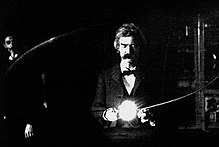
46. “As soon as the fear approaches near, attack and destroy it.” - Chanakya

47. “The ones who want to achieve and win championships motivate themselves.” - Mike Ditka

48. “Motivation is simple. You eliminate those who are not motivated.” - Lou Holtz

49. “You have to expect things of yourself before you can do them.” - Michael Jordan

50. “One of the things that my parents have taught me is never listen to other people's expectations. You should live your own life and live up to your own expectations, and those are the only things I really care about.” - Tiger Woods

51. “Men give away nothing so liberally as their advice.” - François de La Rochefoucauld
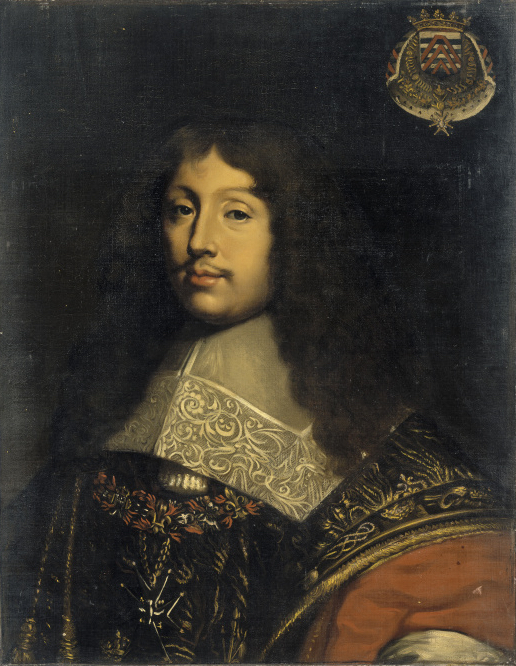
52. “I still feel like I gotta prove something. There are a lot of people hoping I fail. But I like that. I need to be hated.” -Howard Stern

53. “It's funny how all the magazines can dwell on my race, but they could never say that my shit is whack because they know my shit is tight!” - Eminem

54. “Actors search for rejection. If they don't get it they reject themselves.” - Charlie Chaplin

55. “No great discovery was ever made without a bold guess” - Newton

56. “Where ambition can cover its enterprises, even to the person himself, under the appearance of principle, it is the most incurable and inflexible of passions.” - David Hume

57. “Anyone can dabble, but once you've made that commitment, your blood has that particular thing in it, and it's very hard for people to stop you.” - Bill Cosby

58. “Learning is not child's play; we cannot learn without pain” - Aristotle

59. “I have no special talents. I am only passionately curious.” - Einstein

60. “Clarity of mind means clarity of passion, too; this is why a great and clear mind loves ardently and sees distinctly what he loves.” - Blaise Pascal

61. “When you set yourself on fire, people love to come and see you burn. ” - John Wesley

62. “One person with passion is better than forty people merely interested.” - E. M. Forster
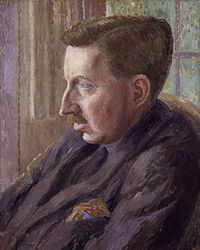
63. “Take our 20 best people away, and I will tell you that Microsoft will become an unimportant company” - Bill Gates

64. “When you innovate, you’ve got to be prepared for everyone telling you you’re nuts.” -Larry Ellison

65. “A man should not strive to eliminate his complexes but to get into accord with them: they are legitimately what directs his conduct in the world.” - Sigmund Freud
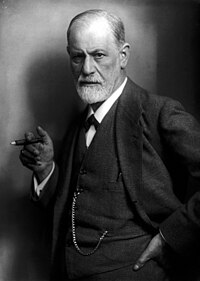
66. “Respect your efforts, respect yourself. Self-respect leads to self-discipline. When you have both firmly under your belt, that's real power.” - Clint Eastwood

67. “Confront them with annihilation, and they will then survive; plunge them into a deadly situation, and they will then live. When people fall into danger, they are then able to strive for victory.” - Sun Tzu

68. “Do not sleep under a roof. Carry no money or food. Go alone to places frightening to the common brand of men.” - Miyamoto Musashi

69. “He who fears he shall suffer, already suffers what he fears.” - Michel de Montaigne

70. “All that counts in life is intention.” - Andrea Bocelli

71. “Nobody can give you wiser advice than yourself.” - Cicero

72. “The first principle is that you must not fool yourself - and you are the easiest person to fool.” - Feynman

73. “We should not teach children the sciences; but give them a taste for them.” - Jean Jacques Rousseau

74. “Our greatest glory is not in never failing, but in rising up every time we fail.” - Emerson

75. “Opportunity is missed by most people because it is dressed in overalls and looks like work.” - Thomas Edison

76. "The greater danger for most of us lies not in setting our aim too high and falling short; but in setting our aim too low, and achieving our mark." - Michelangelo

77. “Your work is to discover your world and then with all your heart give yourself to it.” - Buddha

After readers' requests, we have made "77 Thoughts on Motivation" into a poster! You can now get that extra boost of motivation on your wall.
Related Posts
-
-




















































































